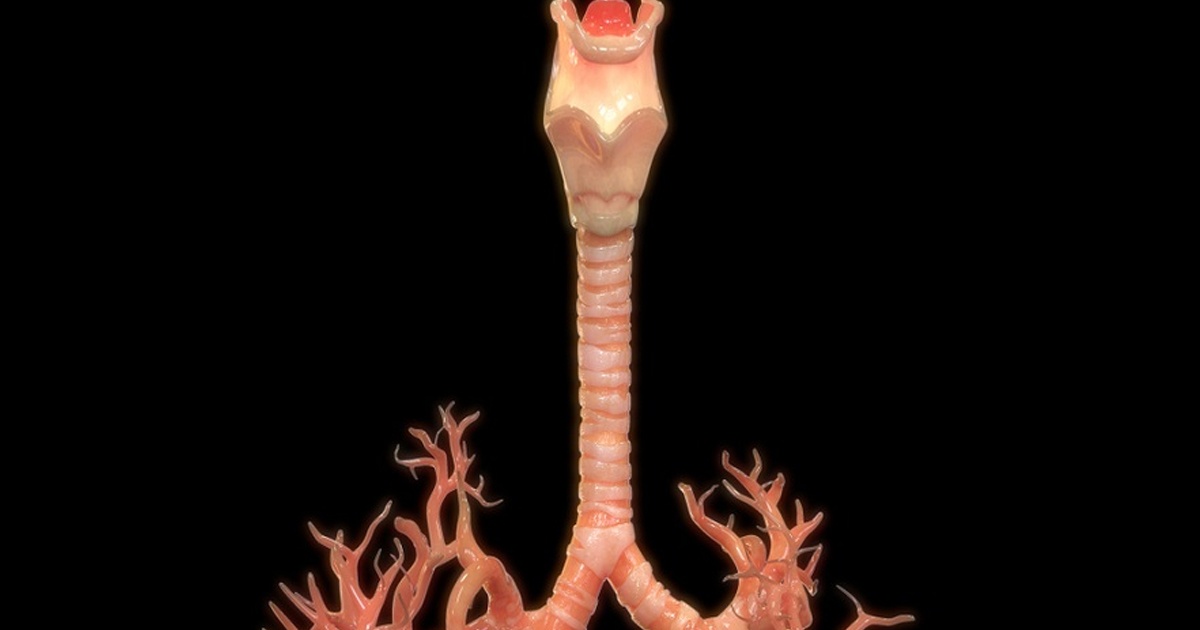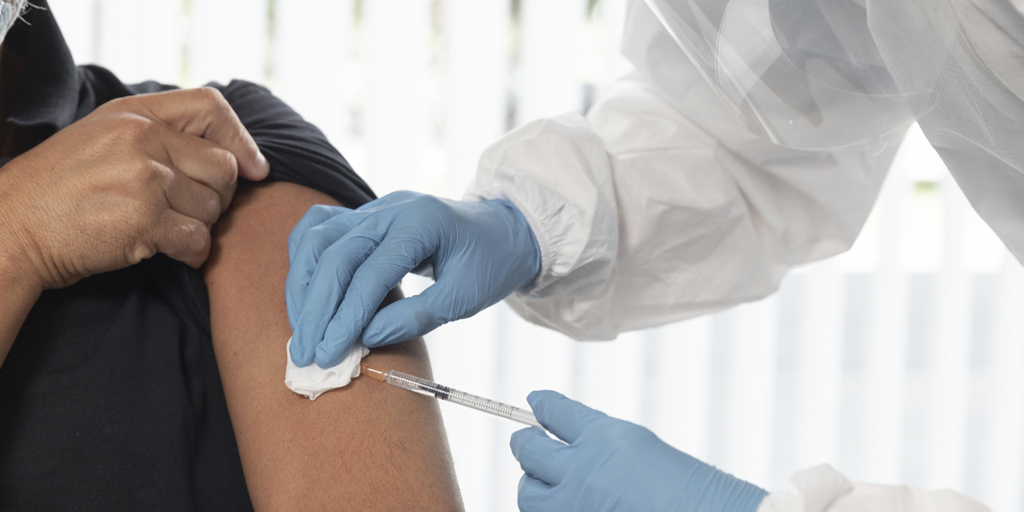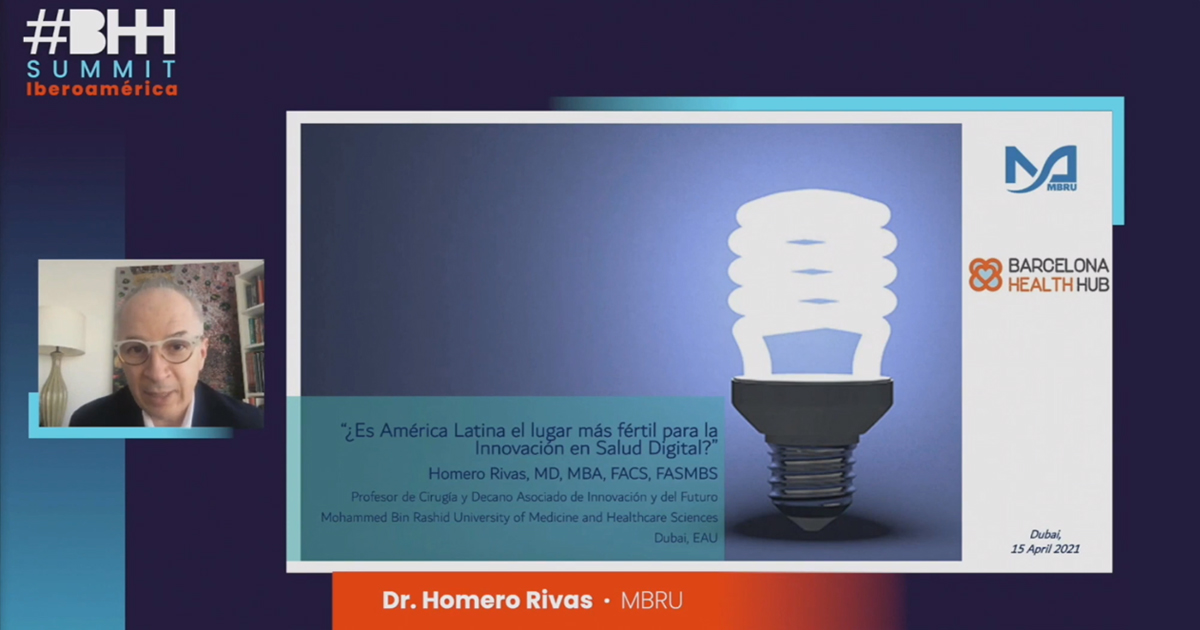Scientists at Wake Forest Institute Regenerative Medicine (WFIRM), in the United States used 3D printing for the reconstruction of a trachea tissue and cartilage.
After previous attempts at bioprinting tracheal constructions, positive results were finally obtained. In the process of this project, different research approaches were developed, combining three technologies: patient-specific medical images, hydrogels and polymerics that function as imitators of biomechanical properties.
“People have tried other materials, but the problem has been they were using just one material that is not strong enough to hold the airways open and does not provide the flexibility needed. Our bioprinting method provides a combination of flexibility and strength needed to mimic native tracheal tissue” explained PhD Sean Murphy, lead author and assistant professor of regenerative medicine at WFIRM.
The success of the approach used in this study was due to the incorporation of softer hydrogels containing stem cells into the pores of printed tracheal structures.

Despite a preliminary study, Anthony Atala, director of WFIRM and also co-author of research, is confident that regenerative medicine treatments will be used in the future to completely replace tracheal areas affected by disease or even accidents. The next steps in our research would be to evaluate the long-term function, to ensure proper tissue formation and strength retention," he explains.






